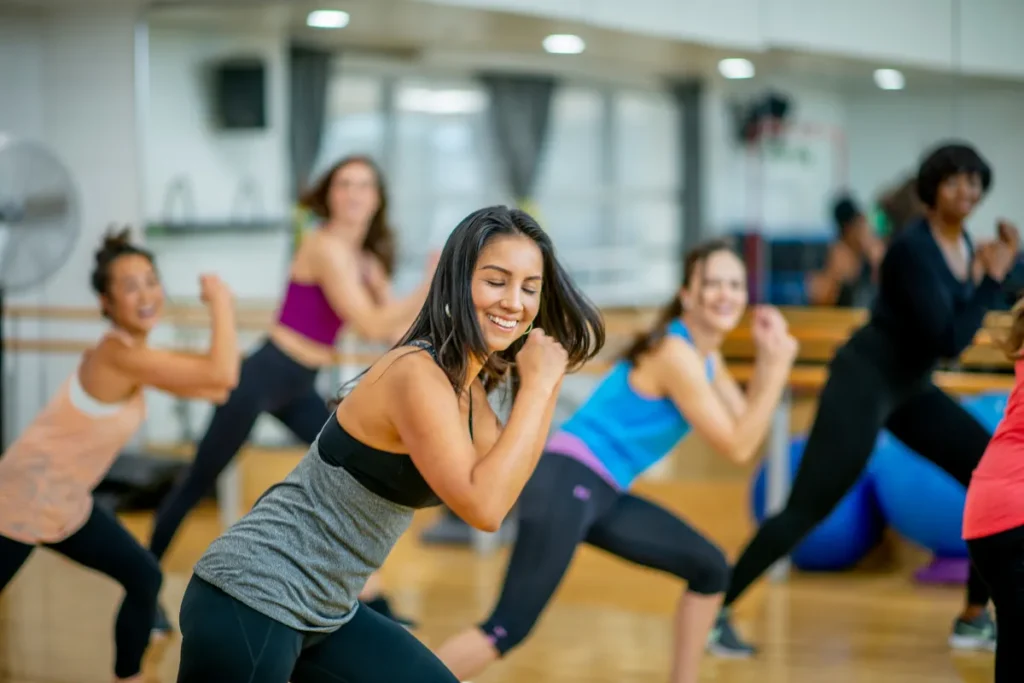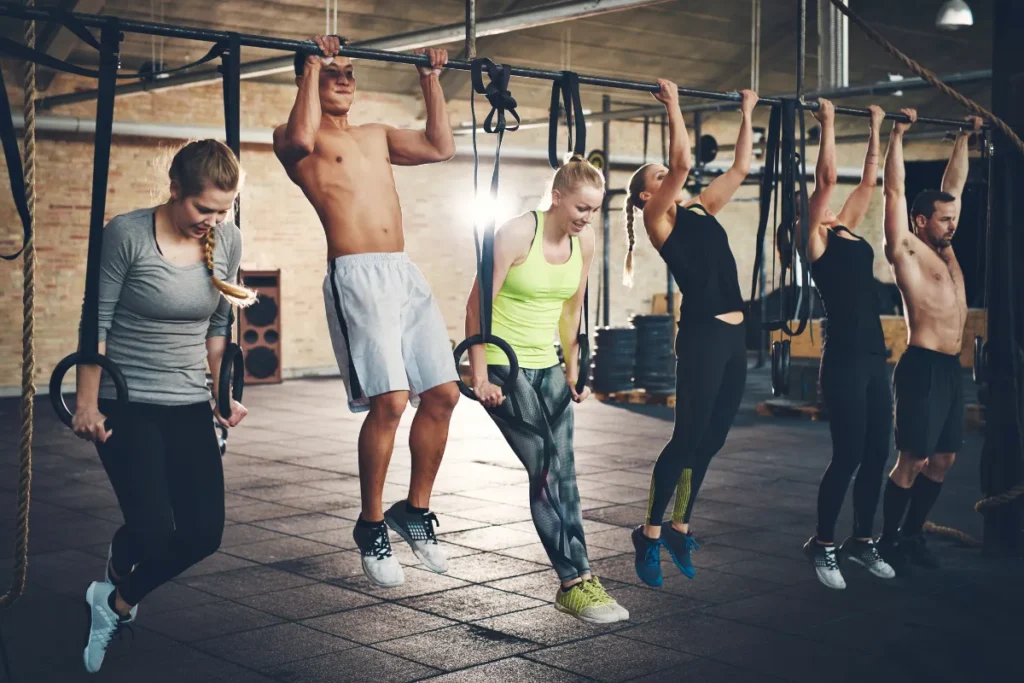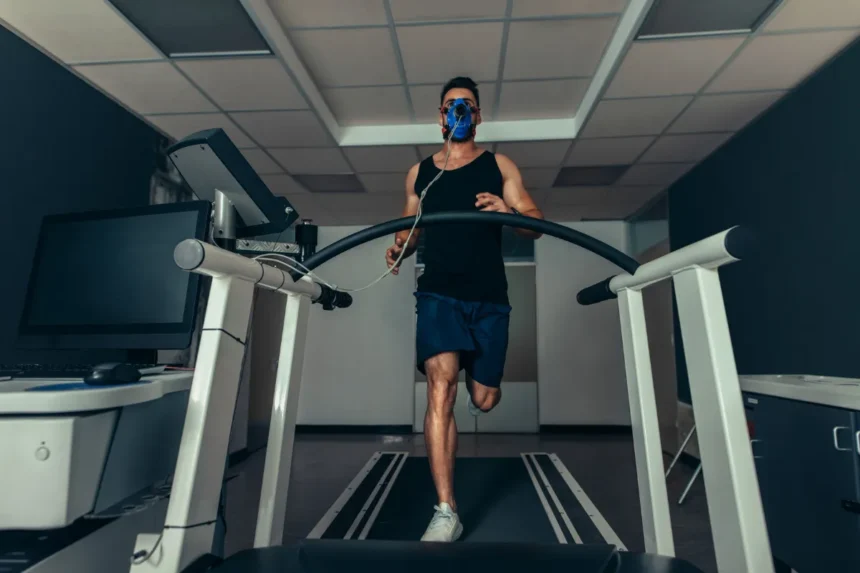Introduction:
VO₂ max, or maximal oxygen consumption, is a term often thrown around in discussions about fitness, endurance, and athletic performance.
But what exactly is VO₂ max, why does it matter, and how can you optimize it?
In this comprehensive guide, we’ll delve into everything you need to know about VO₂ max, from its definition and measurement to its significance and methods for improvement.
What is VO₂ Max?
VO₂ max refers to the maximum amount of oxygen that an individual can utilize during intense exercise.
It is a measure of aerobic capacity and endurance and is often considered the gold standard for cardiovascular fitness.
VO₂ max is expressed as milliliters of oxygen per kilogram of body weight per minute (ml/kg/min).
Essentially, it quantifies the efficiency of the cardiovascular and respiratory systems in delivering oxygen to the muscles during exercise.
How is VO₂ Max Measured?
Measuring VO₂ max accurately typically requires specialized equipment and expertise, often conducted in a laboratory setting.
The most common method involves a graded exercise test on a treadmill or stationary bike, where the intensity of exercise gradually increases while oxygen consumption and carbon dioxide production are monitored.
The point at which oxygen consumption plateaus despite an increase in workload indicates the individual’s VO₂ max.
However, laboratory testing is not always practical or accessible for everyone.
In recent years, wearable fitness trackers and smartphone apps have emerged claiming to estimate VO₂ max based on heart rate data obtained during exercise.
While these methods may provide rough estimates, they are generally less accurate than laboratory testing and may not be suitable for precise assessments.
The Significance of VO₂ Max
VO₂ max is a crucial determinant of aerobic performance and endurance across various activities, from running and cycling to swimming and rowing.
A higher VO₂ max indicates a greater capacity for oxygen uptake and utilization, allowing individuals to sustain higher intensities of exercise for longer durations without fatigue.
As such, it plays a pivotal role in athletic performance, particularly in endurance sports where oxygen delivery to the muscles is paramount.
Beyond athletic performance, VO₂ max is also a strong predictor of overall cardiovascular health and mortality risk.
Research has shown that individuals with higher VO₂ max levels tend to have lower rates of heart disease, stroke, and other chronic conditions.
Improving VO₂ max through regular exercise is therefore not only beneficial for athletic pursuits but also for promoting long-term health and longevity.
Factors Influencing VO₂ Max
Several factors influence an individual’s VO₂ max, including genetics, age, sex, training status, and body composition.
While some of these factors, such as age and genetics, are beyond one’s control, others can be modified through lifestyle choices and training interventions.
Training Status:
Regular aerobic exercise is the most effective way to improve VO₂ max.
Endurance training, such as running, cycling, or swimming, stimulates adaptations in the cardiovascular and respiratory systems, leading to increased oxygen delivery and utilization by the muscles.
Intensity and Duration of Exercise:

VO₂ max improvements are maximized when training at intensities close to or slightly above one’s current capacity.
High-intensity interval training (HIIT) has been shown to be particularly effective in enhancing VO₂ max due to its ability to challenge the cardiovascular system and stimulate physiological adaptations.
Genetics:

While genetics play a role in determining baseline VO₂ max levels, they do not necessarily dictate one’s potential for improvement.
With consistent training, individuals can surpass their genetic predispositions and achieve significant gains in aerobic capacity.
Altitude:
Training at altitude can temporarily reduce VO₂ max due to the lower oxygen availability at higher elevations.
However, exposure to altitude can also stimulate adaptations that enhance oxygen utilization, leading to improved performance at sea level.
Body Composition:

Excess body weight, particularly fat mass, can impair aerobic performance by increasing the oxygen cost of exercise.
Losing weight through a combination of diet and exercise can therefore lead to improvements in VO₂ max, especially in individuals who are overweight or obese.
Strategies to Improve VO₂ Max
If you’re looking to enhance your aerobic capacity and endurance, here are some strategies to consider:
Onsistent Aerobic Exercise:

Engage in regular cardiovascular exercise, such as running, cycling, or swimming, to stimulate adaptations in the cardiovascular and respiratory systems.
High-Intensity Interval Training (HIIT):
Incorporate HIIT workouts into your training routine to challenge your cardiovascular system and boost VO₂ max.
Progressive Overload:
Gradually increase the intensity and duration of your workouts over time to continue stimulating adaptations and prevent plateaus in performance.
Cross-Training:

Include a variety of aerobic activities in your training regimen to target different muscle groups and avoid overuse injuries.
Strength Training:
Incorporate strength training exercises to improve muscular strength and efficiency, which can indirectly enhance aerobic performance.
Optimize Nutrition:
Fuel your workouts with a balanced diet rich in carbohydrates, proteins, and healthy fats to support energy production and recovery.
Get Adequate Rest and Recovery:

Allow your body sufficient time to rest and recover between workouts to prevent overtraining and optimize performance gains.
Monitor Progress:
Track your workouts, heart rate, and perceived exertion to monitor improvements in VO₂ max and adjust your training accordingly.
Conclusion
VO₂ max is a key determinant of aerobic performance, cardiovascular health, and overall fitness.
By understanding its significance and the factors that influence it, individuals can tailor their training strategies to optimize their aerobic capacity and endurance.
Whether you’re an elite athlete striving for peak performance or a recreational exerciser aiming to improve your fitness level, incorporating targeted training methods and lifestyle modifications can help you reach your VO₂ max potential and achieve your health and fitness goals.

